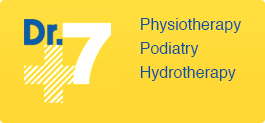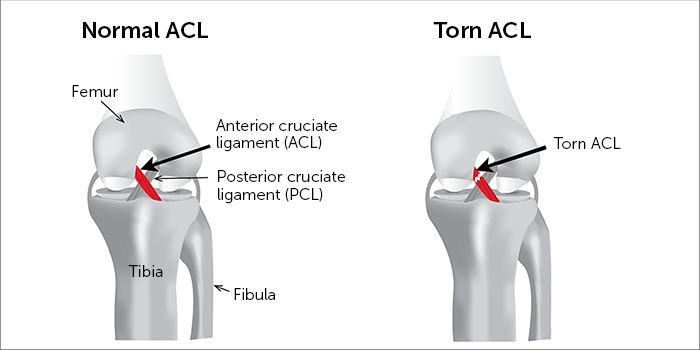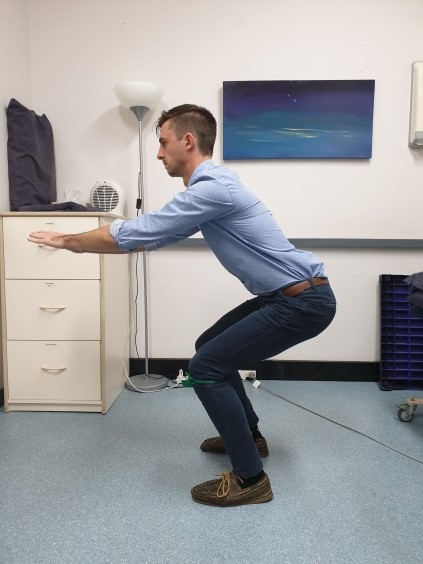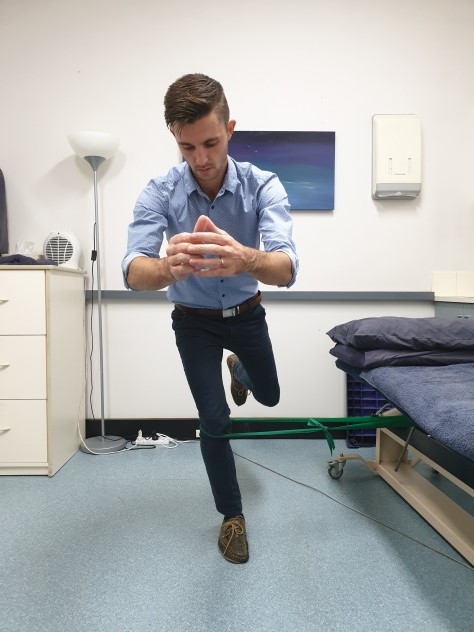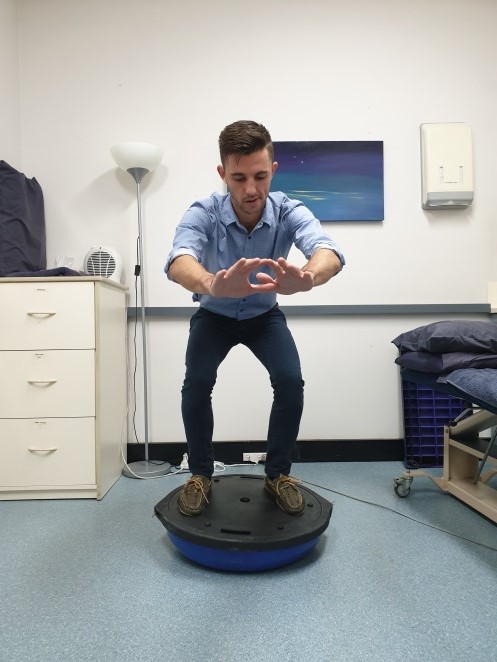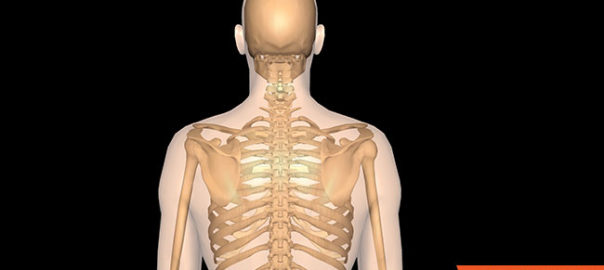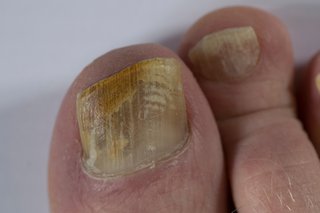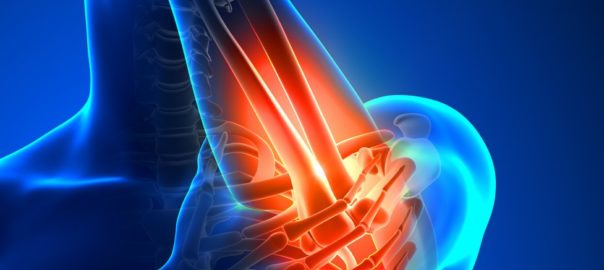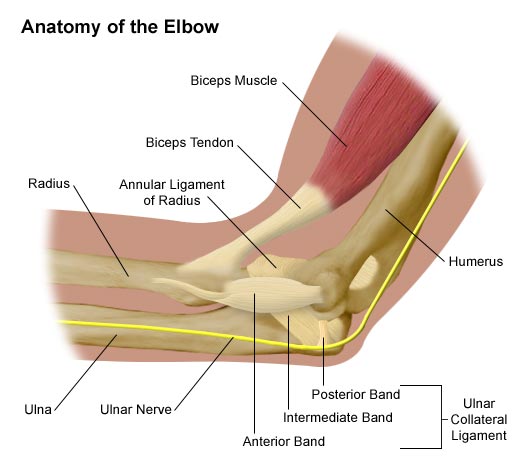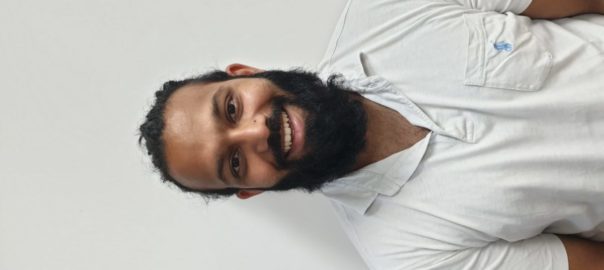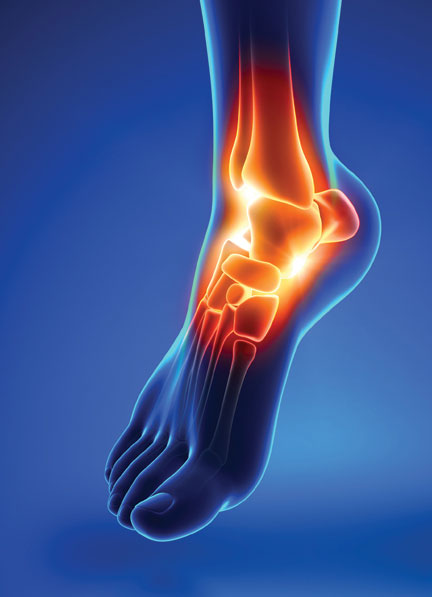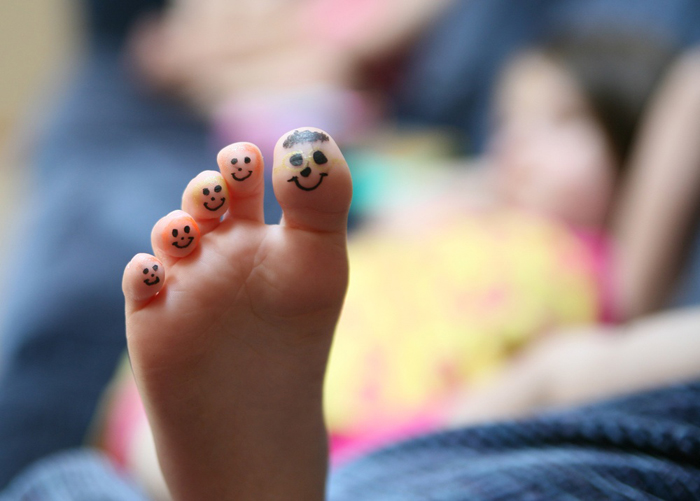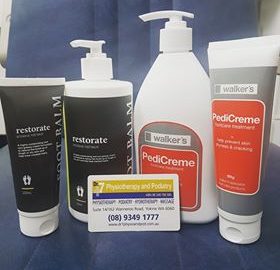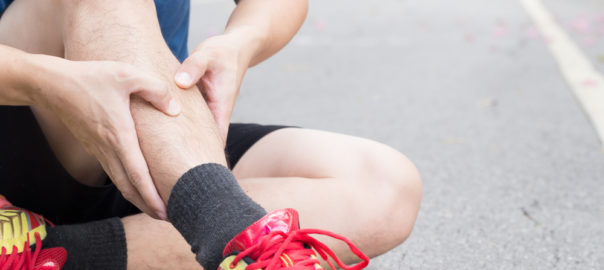Footwear and Developing Miletones in Children’s Feet
From a young age, children’s feet are constantly evolving and changing shape. As a result, footwear is very important as your child progresses from their first steps to running around playing sports. Here are some common milestones to look for in your kids’ feet, and what to look for in footwear.
6 months – 2 years
Your kids’ feet are soft and malleable with a fused bone structure. We highly recommend walking barefoot to strengthen the muscles and develop correct bone structure.
FOOTWEAR TIP: look for a soft, flexible outsole with minimal structure. This allows the natural motion of the foot.
2 years – 6 years
Each bone in the foot is starting to form. Fatty tissue surrounds the foot, which will eventually form the shape of the foot.
FOOTWEAR TIP: shoes need to be durable, lightweight and flexible. Firm heel counters are necessary to hold the heel in place,
6 years – 16 years:
The foot is now taking shape and requires more support. High impact activities can cause stress on their feet. This is worsened by poor fitted, unstable shoes.
FOOTWEAR TIP: sturdy heel counter, stable midfoot and flexibility in the toes are vital to support the foot during the gait cycle
16 years +
The foot has now fully developed into 26 bones and over 100 muscles/tendons/ligaments that require support
FOOTWEAR TIP: extra stability in the heel and midfoot to prevent over-pronation (flat footedness) whilst remaining flexible in the forefoot. Each shoe has different levels of stability to support the different foot types and shapes.
If you have had any issues or want to speak to a podiatrist about how to manage your child’s feet call us on (08) 9349 1777 to book an appointment with one of our friendly podiatrists today.
Dr7 Physiotherapy and Podiatry provides services to the suburbs of Yokine, Tuart Hill, Osborne Park, Stirling, Nollamara, Dianella, North Perth and surrounding suburbs. Our friendly Physiotherapists and Podiatrists have appointments available Monday-Saturday.
Bookings are available on our website or over the phone.
